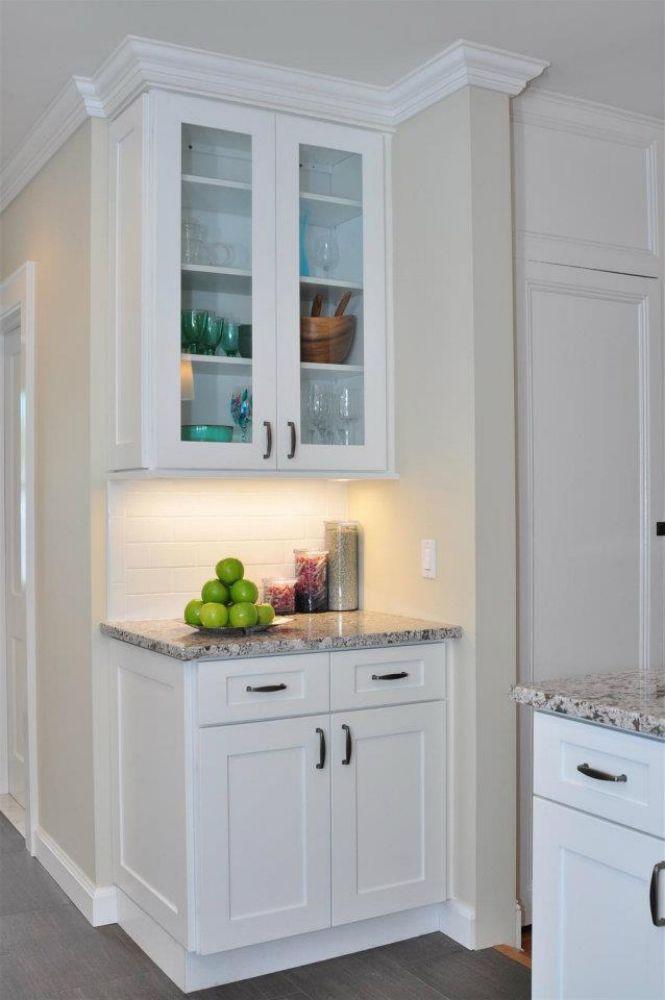Understanding the Basics of the Forevermark Return Policy
When investing in kitchen cabinets, one of the most critical considerations beyond style, material, and cost is the return policy. Buyers want peace of mind knowing that if their purchase doesn’t meet expectations, they have options for return or exchange. Forevermark Kitchen Cabinets, a popular choice for homeowners seeking quality and affordability, has a structured return policy to protect customers and maintain trust in their brand. However, it’s important to note that Forevermark works with authorized dealers and distributors, so return guidelines may vary slightly depending on the seller.
At the core of the Forevermark return policy lies a commitment to product satisfaction, but certain conditions apply. Customers are expected to return products in their original, unused condition, often within a specific timeframe after purchase. This ensures cabinets can be restocked and resold without compromising quality.
Understanding these general terms helps buyers prepare for potential adjustments in their kitchen project and avoid unnecessary complications during installation or remodeling.
Conditions for Returning Forevermark Cabinets
Every return policy comes with requirements to protect both the customer and the supplier. Forevermark cabinets must usually remain in their original packaging, undamaged, and unused to be eligible for return. This condition prevents issues where installed or altered cabinets are returned in a state that cannot be resold.
Most authorized dealers enforce a strict timeframe, typically ranging from 30 to 90 days after purchase, for eligible returns. Missing this window often means customers can no longer return their items, especially if they were custom-ordered.
It’s also worth noting that certain items, such as clearance products, final sale items, or discontinued cabinet lines, are often ineligible for returns. Buyers should confirm with their distributor before finalizing the purchase. Knowing these details upfront prevents frustration later and allows for smoother transactions if a return becomes necessary.
The Role of Authorized Dealers in the Return Process
Because Forevermark cabinets are sold through authorized dealers rather than directly by the manufacturer, the dealer plays a central role in handling returns. Each dealer has slightly different guidelines regarding restocking fees, shipping costs, and time limits, so customers must carefully review their purchase agreement.
In most cases, the dealer serves as the middle point between the customer and Forevermark’s distribution network. When a customer initiates a return, the dealer submits the request, verifies the condition of the product, and arranges restocking or credit. This relationship makes it essential to purchase cabinets from reputable dealers who clearly outline their policies.
Additionally, some dealers may provide more flexibility, offering partial refunds or exchanges, while others may adhere to stricter rules. Choosing the right dealer, therefore, can directly affect the customer’s return experience.
Restocking Fees and Associated Costs
One of the most significant aspects of the Forevermark return policy is the possibility of restocking fees. Restocking fees typically range between 20% and 30% of the cabinet’s purchase price. These fees cover handling, inspection, and repackaging of returned items.
For example, if a homeowner returns $2,000 worth of cabinets, they could lose $400 to $600 in restocking fees, depending on the dealer’s policies. While this may seem steep, it is a common practice in the cabinetry industry due to the logistics involved in handling large, heavy products.
Customers may also be responsible for return shipping costs, particularly if the cabinets were shipped to their home initially. Since cabinets are bulky and heavy, shipping costs can add up quickly. Planning carefully before purchase, double-checking measurements, and confirming design details can help minimize the likelihood of needing to return cabinets and incurring these extra costs.
Returns vs. Warranty Claims
It’s important to distinguish between returns and warranty claims when discussing Forevermark cabinets. Returns typically involve products that the customer no longer wants, often due to incorrect sizing, style preferences, or changes in project plans. Warranty claims, on the other hand, address defective products or manufacturing issues.
Forevermark offers a limited warranty on its cabinets, which often covers issues such as material defects, finish problems, or faulty hardware. If a cabinet is damaged during shipping or arrives with a visible flaw, the dealer usually processes a warranty replacement rather than a return.
Understanding this distinction helps customers know when to file a return versus when to initiate a warranty claim. In many cases, customers mistakenly attempt a return for a defective product, when they would be better served by pursuing the warranty option, which often results in quicker, more cost-effective solutions.
Common Reasons for Cabinet Returns
Homeowners return Forevermark cabinets for several common reasons. One of the most frequent is incorrect measurements. Kitchen renovations require precise planning, and even a small miscalculation can result in cabinets that don’t fit properly.
Another reason for returns is mismatched finishes or colors. While online images and samples help buyers visualize cabinet styles, lighting differences and personal expectations can sometimes lead to disappointment when the actual product arrives.
Changes in design preferences or project scope can also drive returns. For instance, a homeowner may initially order shaker-style cabinets but later decide to go with a raised panel design for a more traditional look. While Forevermark provides many design options, switching styles mid-project often requires returning previously purchased items.
Lastly, shipping errors or damages upon delivery can lead to returns, though these are often resolved as warranty claims instead.
Tips for Minimizing the Need for Returns
The best way to avoid costly returns is to take preventative measures during the planning and purchasing stages. Homeowners should always double-check their kitchen measurements, preferably with professional assistance. Using kitchen design software or working with a contractor can reduce the risk of misfit cabinets.
Requesting physical samples before placing a large order is another helpful step. While digital images can be accurate, nothing replaces seeing the actual cabinet finish and quality in person. This can help avoid color mismatches or style regrets.
Additionally, reviewing the dealer’s return policy in detail before finalizing a purchase ensures there are no surprises if a return becomes necessary. Being proactive with planning, verification, and communication with the dealer saves time and money in the long run.
How the Return Policy Affects Buyers’ Decisions
The Forevermark return policy plays a significant role in buyer confidence. Homeowners are more likely to invest in cabinetry when they know they have some flexibility if plans change or mistakes occur. However, because of restocking fees and time restrictions, customers often feel pressured to finalize their design decisions before placing an order.
While this policy is standard within the industry, it highlights the importance of careful planning in kitchen remodels. Buyers who understand the return policy in detail are better equipped to make informed decisions and avoid costly mistakes.
For many, the policy reinforces the need to work with experienced contractors or kitchen designers, who can help ensure accuracy and minimize the likelihood of needing returns.
Conclusion
The return policy for Forevermark Kitchen Cabinets reflects both the brand’s dedication to quality and the practical challenges of managing cabinetry logistics. While returns are allowed under specific conditions, they are often subject to restocking fees, shipping costs, and strict timeframes. Authorized dealers play a vital role in processing returns, meaning that experiences can vary depending on where the cabinets are purchased.
For homeowners, the key takeaway is preparation. Careful measurements, thoughtful design choices, and reviewing return policies before purchasing help minimize risks and costs. Forevermark’s structured return process provides reassurance while encouraging buyers to plan responsibly, making it possible to balance flexibility with accountability in their kitchen renovation journey.
Read: Are Forevermark Kitchen Cabinets Good For Farmhouse Style?
Read: Can I Install A Sink In Forevermark Kitchen Cabinets?
Frequently Asked Questions
Q1: Can I return Forevermark cabinets after they’ve been installed?
A1: No, Forevermark cabinets must be in their original, unused condition to qualify for returns. Installed cabinets are typically ineligible.
Q2: Do all Forevermark dealers have the same return policy?
A2: Policies may vary slightly by dealer, especially regarding restocking fees and timeframes. Always confirm with your dealer before purchase.
Q3: How long do I have to return Forevermark cabinets?
A3: Most dealers allow returns within 30 to 90 days, though the exact timeframe depends on the distributor.
Q4: Are custom or clearance Forevermark cabinets eligible for returns?
A4: Often, custom, clearance, or discontinued cabinets are not eligible for return. Check with your dealer before buying.
Q5: Who pays for the shipping costs on returns?
A5: In most cases, customers are responsible for return shipping costs unless the return is due to shipping damage or a warranty issue.

